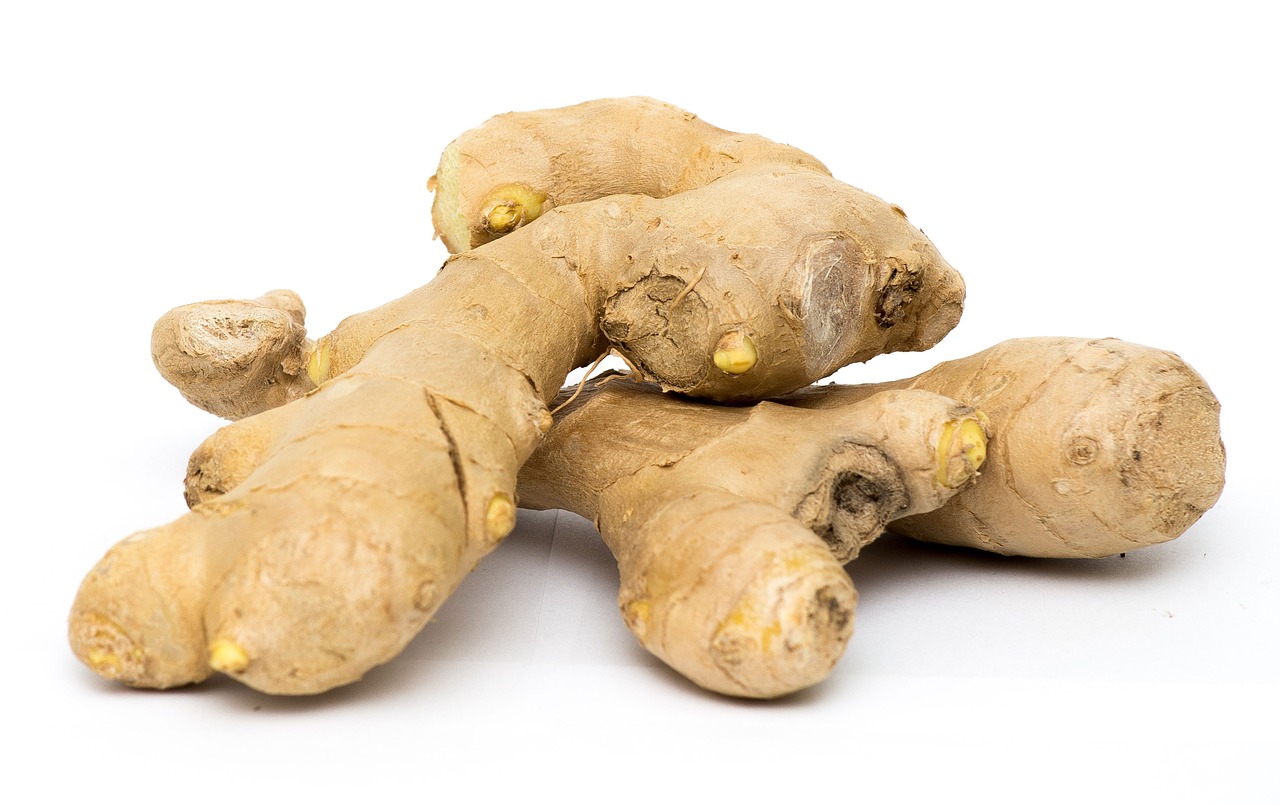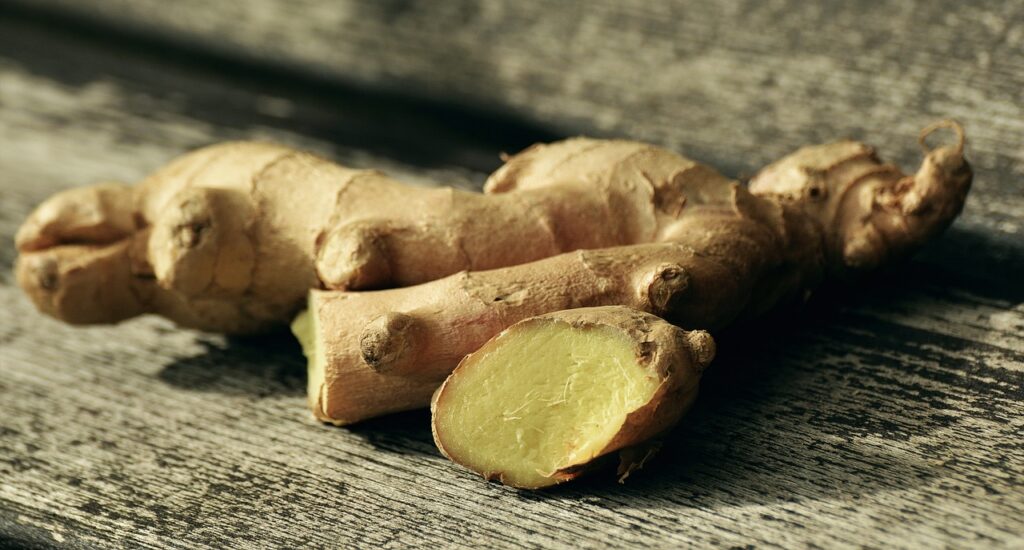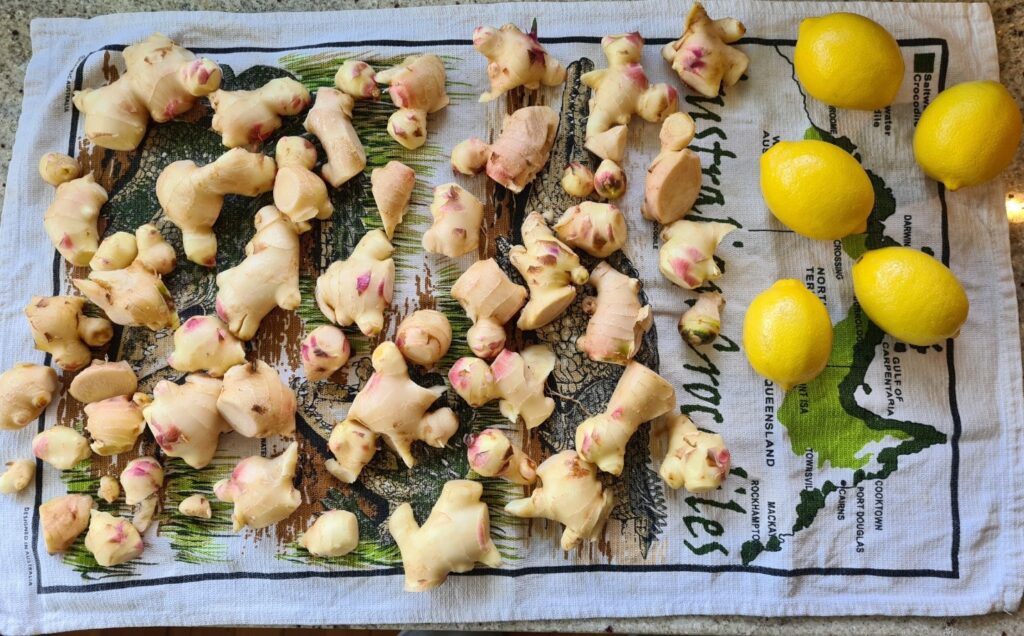Ginger beer is an exceedingly refreshing drink made from fermented ginger, sugar and citrus. It’s a great choice on a hot day and is particularly enjoyable over ice. There are countless variations on the classic ginger beer including no alcohol, low alcohol and higher alcohol versions. In this article we’ll look at the history of ginger beer, how the recipe changed over time, some advice on brewing it and even a few of the health benefits of ginger beer.
History of ginger beer
Written records of ginger date back at least 5000 years. Ancient Indians and Chinese would use the fragrant root as a medicine and flavouring for both sweet and savoury dishes. It is likely that in this time these groups were also flavouring beverages with ginger too.
It was around the first century AD that Romans discovered ginger for themselves and started its wider scale cultivation. Following the fall of the Roman Empire, the Middle East controlled the trade of this ugly root. By the 1500’s, it had spread over most of the world and was being produced en masse in tropical places like the Caribbean and Africa.
The first reference to ginger beer started to occur in the mid 1700’s in England. While the Brits were the first to write about making ginger beer, it is likely that somewhere in its 5000+ year history, other groups were fermenting a type of ginger drink too. Ginger beer hasn’t changed much in 300+ years: this fermented drink is tangy, a little spicy and usually has some residual sweetness from the sugar in the brewing process. Often you will taste a little lemon in your ginger beer – citrus has been used for many years to balance out the sweetness and taste of alcohol. Typically a ginger beer will be between 4% – 6% ABV.
During the prohibition of alcohol in the United States in the 1920’s, ginger beer changed. To meet demand of the times, people started selling a non alcoholic version of ginger beer. People embraced this non alcoholic version of the popular beverage, so much so that it remains popular today with brands like Bundaberg making a fermented but non alcoholic version. During this period we also see proliferation of bootleg alcoholic ginger beer. As ginger beer is easier to brew than regular beer, people looking to make illegal money from alcohol tried their hand at brewing the drink.
Today there is a wide variety of both alcoholic and non-alcoholic ginger beer available. Many breweries now produce a variety of ginger beers to be enjoyed in bottles or even on draft at your favourite bar or tap room.
Health benefits of ginger
The benefits of ingesting ginger are well known, with the root being used as a medicine for thousands of years. What is less clear is whether ginger retains its medicinal properties after being fermented into an alcoholic beverage. Of course, if you’re looking to be healthy, the best amount of alcohol is none. However if you believe in the medicinal power of ginger, maybe a ginger beer or two isn’t such a bad choice on a night out…
Ginger is well known as a digestive aid. If you have an upset stomach or digestive system, some fresh ginger could be helpful. Ginger is so effective at calming your belly that it has been used effectively as a treatment for travel sickness. If you’re ever about to go out on a boat, it can be a good idea to drink a ginger beer an hour before (non alcoholic is probably best in this situation!)
Many people believe that ginger also boosts immunity, particularly in the winter months. A lemon and ginger tea is a great way to stay healthy in the winter but a glass of ginger beer is more fun.
Ginger is also used to alleviate symptoms of PMS in women. While it may not be as effective as some pharmaceutical medications, it can be a great tool if you are looking to avoid heavy medication use.
This ancient root also has proven anti-inflammatory properties. If you have soreness from an injury or a bad back, it might be worth trying out some strong ginger supplements or tea. You can also swap out one or two of your standard beers with a delicious ginger beer.
There are many other purported benefits of ginger including mental wellness and cardiovascular health. Just remember that alcoholic beverages are best avoided if you want to be at your healthiest.
Related: The Benefits of Drinking Sour Beer
Brewing ginger beer
As mentioned above, ginger beer is remarkably easy to brew. In fact, it can be whipped up at home with minimal ingredients and gear. The ingredients are simple: ginger, lemon, sugar, yeast and water. However if you want to make a really good brew you might want to consider some other ingredients like yeast nutrient, sweetener or even adjuncts such as chilli peppers or other spices.
As with all brewing, the first consideration should always be cleanliness. Make sure all your gear is clean and sanitised. Depending on your recipe and method, you’ll need a few bits and pieces to brew a ginger beer at home:
- A pot big enough to fit in all your water and other ingredients
- Gas burner or stovetop
- Large mixing spoon
- Food processor or grater
- Fermenter
- Transfer syphon and tubing
- Hydrometer
RELATED: Surprising Brewing Beer Ingredients
When brewing ginger beer, there are a few things to keep in mind – even if you are an experienced beer or wine maker. Firstly, unlike drinks brewed from malted grain, your ginger beer ingredients will be missing some of the nutrients essential for healthy yeast growth. This lack of nutrients might slow down or even stop the fermentation process. To address this, I would suggest adding some commercially purchased yeast nutrient to get your brew cracking along nicely. Follow instructions on packaging for amounts and when to add to your brew. You can also substitute some of your standard sugar with dry malt extract (DME) which will give your yeasties a boost.
Next, be prepared to be patient. In my experience, ginger beer can have an unpredictable fermentation time. It is not uncommon for fermentation to slow significantly after an initial burst of activity. Be sure to allow your brew to fully ferment before bottling and always use a hydrometer to check if fermentation is complete.
Your ginger beer should be bubbly! A classic ginger beer will be heavily carbonated so keep this in mind when making your priming sugar or other pressure calculations. If bottling, make sure your bottles are made of thick glass to handle the higher pressure.
Keep it sweet. Ginger beer typically ferments out pretty dry….and most people prefer a nice sweet ginger beer. There are several ways to achieve this: if you’re kegging, you might want to think of back-sweetening. If bottling, think of non fermentable sweeteners such as lactose, stevia and other products. Otherwise, you can brew up a dry ginger beer then add some sugar, sweetened fruit juice or lemonade to your glass when filling it up with ginger beer.
CHECK OUT: How to Keep Beer Cold While Camping
Where possible, use fresh ginger while it is in season (typically at the start of the cooler months of the year). This will save you a lot of money as opposed to buying out of season (and is better for the planet!) Where possible, use “old” ginger rather than “young” ginger. Old ginger is characterised by dry, brown skin and has been left in the ground for longer than 1 growing season. Young ginger is more soft, fleshy and lighter coloured. I find that old ginger has much better flavour than it’s young counterpart. You can also use ginger concentrate which is available from many supermarkets (often marketed as a “cordial”). If you are going to use these products, make sure that there aren’t any additives or preservatives that are going to kill your yeast.
Finally, if you can find an electric food processor…use it! Grating kilos and kilos of ginger can get exhausting. It’s best to process them in clean equipment where possible. This will save you a LOT of time on brew day
CHECK OUT: Speidel Braumeister Brewing System Review
Ginger beer recipe
Below is my go to recipe for what I call the “Cutty Sark Ginger Beer”. It makes around 25L of ginger beer at about 4.5%. It’s a hit with my friends and neighbours who always ask when the next batch is coming!
Ingredients
- 33 litres water
- 2 kilograms fresh, shredded ginger. Scrub and rinse thoroughly
- 2 kilograms white sugar
- 1.5kg light DME
- 500gm lactose
- Zest and juice of 5 lemons
- Dextrose for bottling (7g per litre to be bottled)
- “Splenda” artificial sweetener for bottling (9g per litre to be bottled)
- 8g (1 packet) Mangrove Jacks Wine Yeast CL23
Method
- Bring 33 litres of water to the boil and add ginger. Turn off heat, cover mixture and allow it to steep for two hours
- After two hours, return the mix to boil. You will be boiling for 30 mins total.
- Once the mix has been boiling for 10 minutes add sugar, DME and lactose
- After a further 10 minutes of boiling add the yeast nutrient
- Once the mix had been boiling for a total of 30 mins, turn off heat and add lemons and lemon juice, mixing well with a sanitised spoon
- Rapidly cool to pitching temperature (I use a copper cooling coil) and strain mix into your fermenter. Pitch yeast after oxygenating with a spirited mix of your brewing spoon
- Ferment until gravity is steady for 4 days in a row
- When bottling, bulk prime with appropriate levels of dextrose and artificial sweetener
- Condition for at least 4 weeks and then enjoy!
Ginger beer is dead easy to make and even easier to drink. If you’re looking for something a little different, why not give it a go?
Read next: Risks Associated with Improperly Homemade Fermented Drinks, Reviewing Italy’s Supermarket Beers and The Best Foods To Pair With Cold Beer






